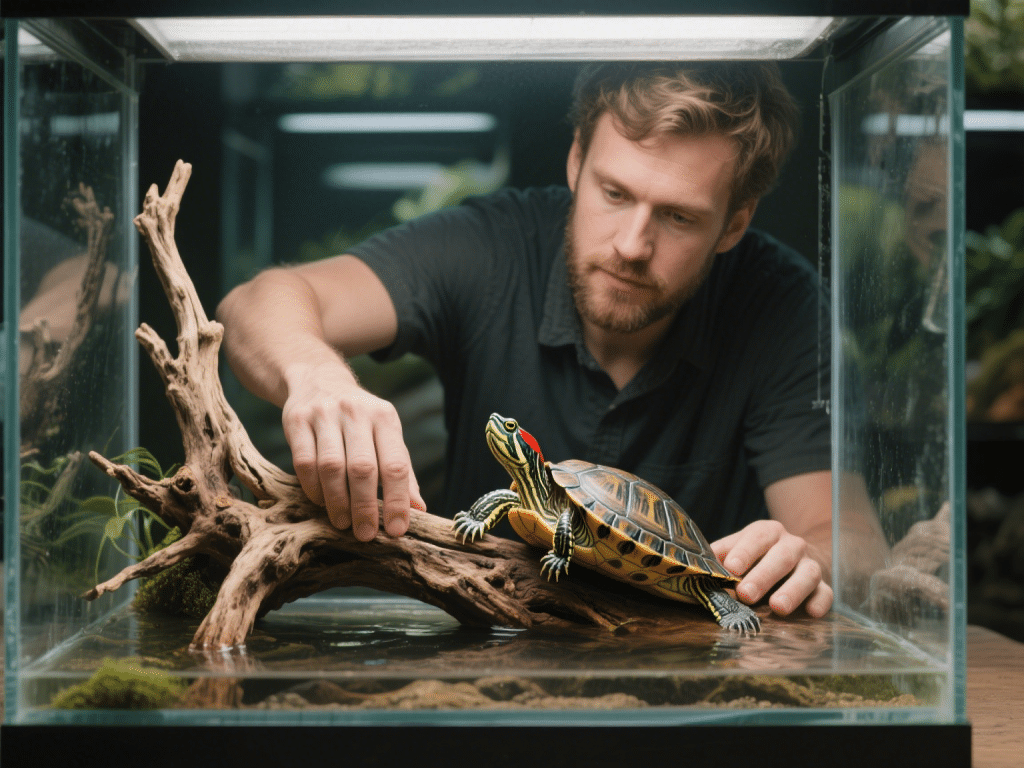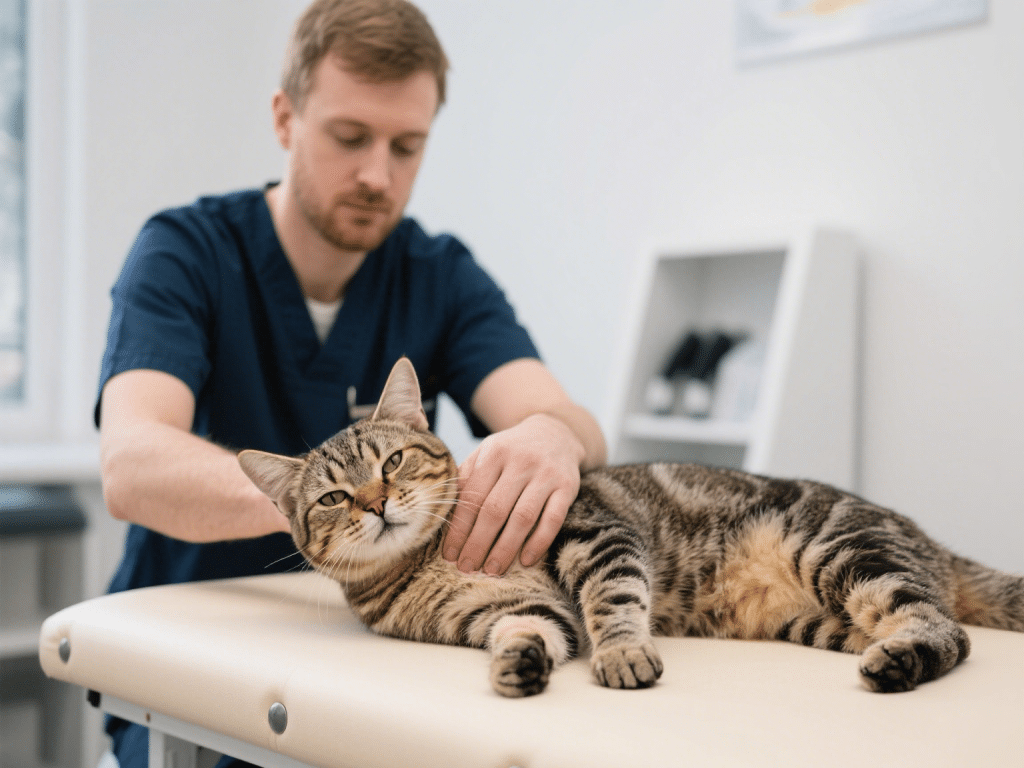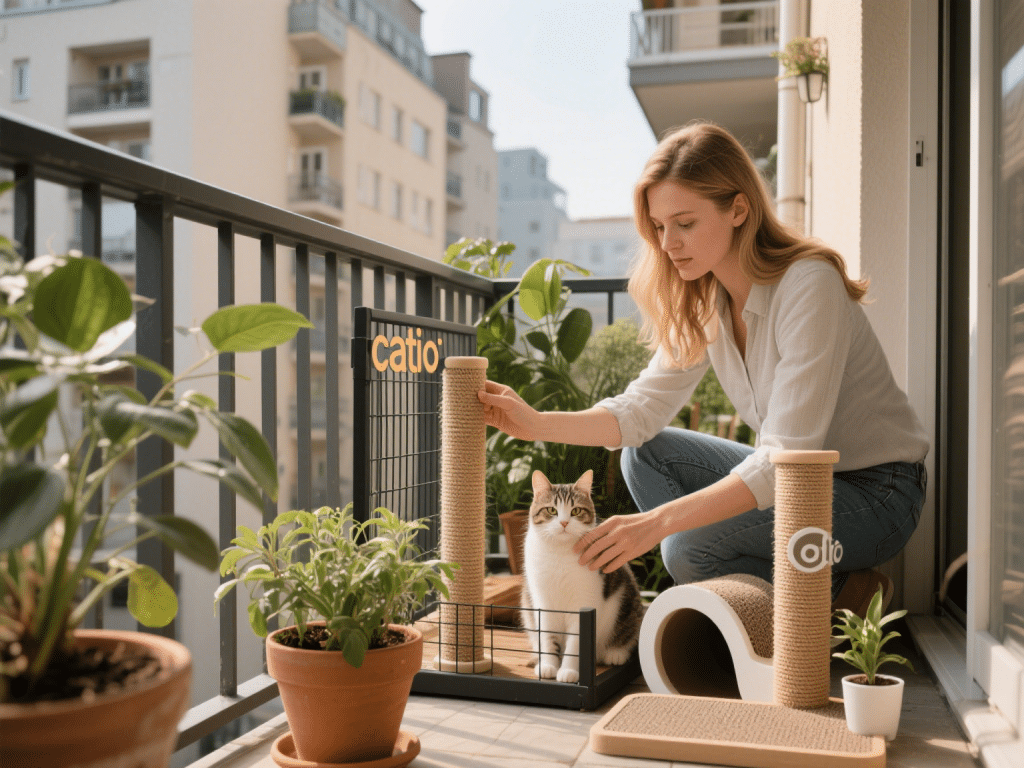
Having kept and bred red-eared sliders for over a decade, I can attest that their health hinges on a meticulously crafted aquatic habitat. Ranging from water filtration to basking zones, here’s my in-depth blueprint to replicate a slider’s natural environment—and earn their trust and active behavior.
Tank Size & Layout
Minimum Size: 75 gallons for one adult; add 30 gallons per additional turtle.
Zones:
Deep Swim Area: At least two-thirds of tank length, depth ≥ 12″.
Basking Platform: A sloped ramp leading to a dry, warm zone under a heat lamp.
Filtration & Water Quality
Powerful Canister Filter: Rated for double your tank volume to manage heavy waste.
Weekly Water Changes: 25–30% replacement; siphon substrate to remove debris.
Water Parameters:
Temperature: 75–80 °F (24–27 °C)
pH: 7.0–7.8
Hardness: Moderate; supplements rarely needed if using tap water.
Basking Setup
Heat Lamp: 95–100 °F (35–38 °C) surface temperature.
UVB Lamp: 10-watt T5 bulb placed within 6–8″ of basking spot.
Platform Material: Non-toxic resin or driftwood; ensure no sharp edges.
Substrate & Décor
Substrate: Large river rocks (> 2″) to prevent ingestion.
Décor: Floating logs, live-safe aquatic plants (e.g., anubias), and caves for security.
Enrichment: Change décor every few weeks to stimulate exploration.
Diet & Supplementation
Juveniles: High-protein turtle pellets (30–40% protein) + live feeder insects.
Adults: Shift to more greens (duckweed, collard greens) + occasional fish or shrimp.
Calcium: Cuttlebone or calcium powder dusted on feeders twice weekly.
Authority Insight: My breeding program yielded consistently vibrant hatchlings when I upgraded to a dual-stage filtration system—water clarity improved, and fungal shell issues vanished.
Health Monitoring
Watch for lethargy, shell discoloration, or white spots—early signs of infection or water imbalance. Maintain a log of water tests and turtle weights to catch trends before they become problems.
By replicating these natural conditions—a spacious tank, robust filtration, precise lighting, and a varied diet—you’ll enjoy a thriving red-eared slider that displays vivid coloration, regular basking, and playful swimming routines.







Comments on " Creating the Perfect Aquatic Habitat for Your Red-Eared Slider" :